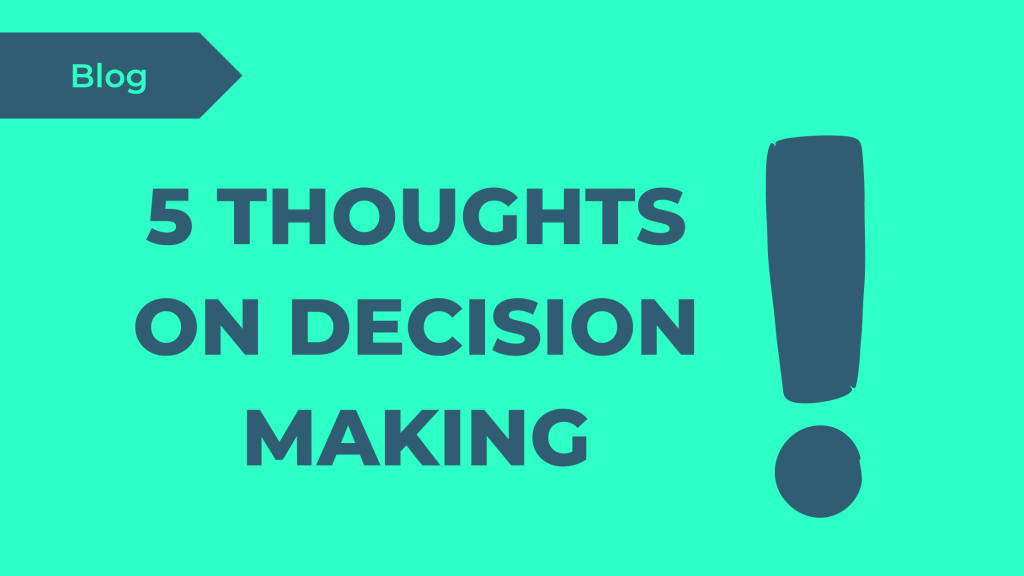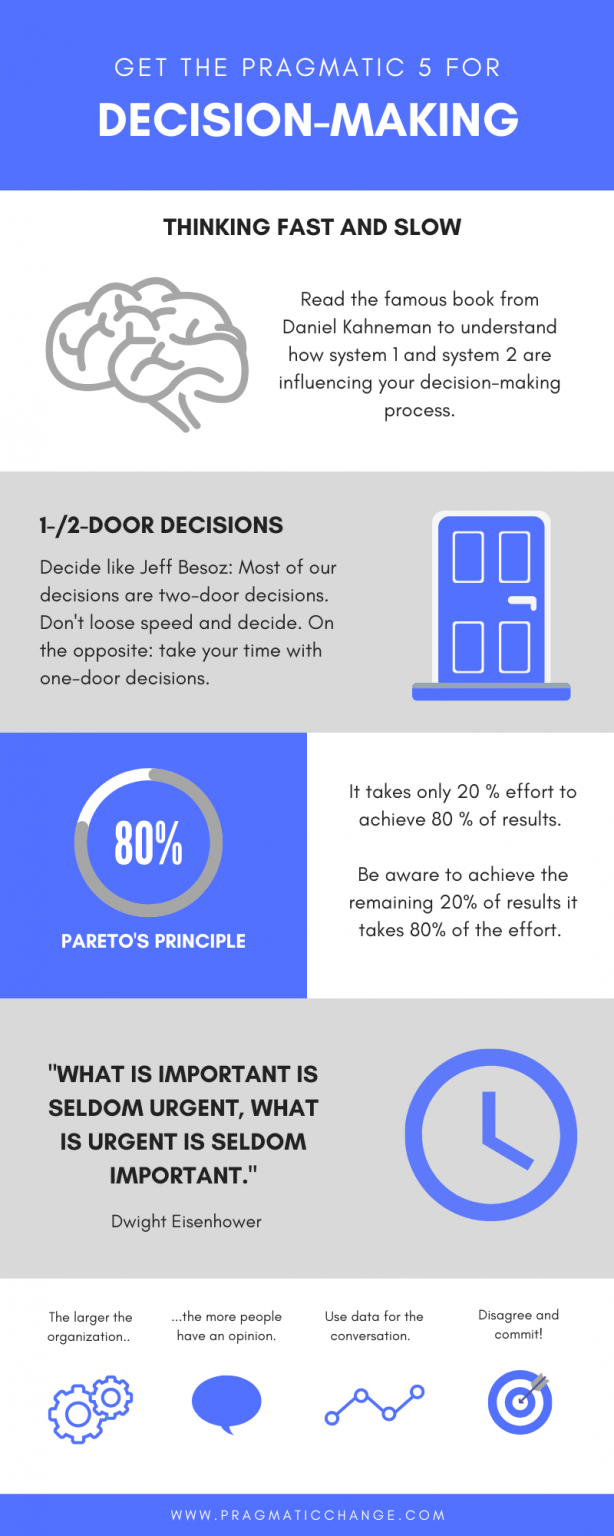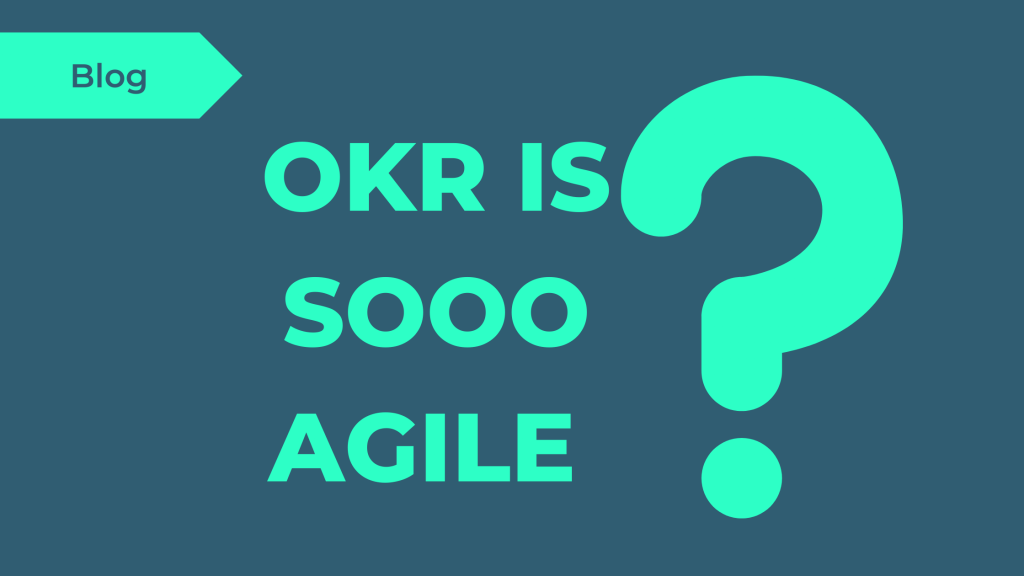Every day we make billions of decisions, some consciously, some unconsciously. Sometimes we do not even realize that we have made a decision. Particularly in working life, decision-making can often be a long process that involves a wide variety of phenomena, from individual HIPPO (Highest Paid Persons Opinion), discussion loops (without any decision made), team decisions, and of course 1000 of methods and tools.
In this article, I share my PRAGMATIC 5 for decision making. These are tools, methods, and thoughts that help me to make better decisions.
Thinking fast and slow
Hardly any other book in recent years comes into my mind when I’m thinking of decision making. In „Thinking fast and slow“ Daniel Kahneman, Nobel Prize winner in economics, describes two ways how our brain makes decisions: System 1 is fast, instinctive, and emotional. System 2 is slow, probing, and rational. When we are faced with a decision, the thinking process begins. We are triggered by different dimensions. Rational as well as non-rational arguments influence our decision-making process. We get influenced by different biases. The most important insight for me is: people tend to exchange difficult questions (for which system 2 could be really helpful) with questions that are easier to answer (and thus access system 1 quickly). I try to keep system 1 and system 2 talking to each other and data & statistics are my helpers!
amazon and the one-way door
When working with teams, I often encounter a certain fear of making a decision. Managers get paid for decision making, right? Can we as a team even see the full consequences? How high is the risk to make a wrong decision? I would like to show you the following procedure, which is used at Amazon for decision making.
- A two-way door decision on the other hand is easier to reverse and it’s possible to go back and rethink the decision if necessary.
- A one-way door decision is one that is impossible to reverse. There’s no going back and it will have consequences. In that case, take your time, use your data, exchange about different options before you decide.
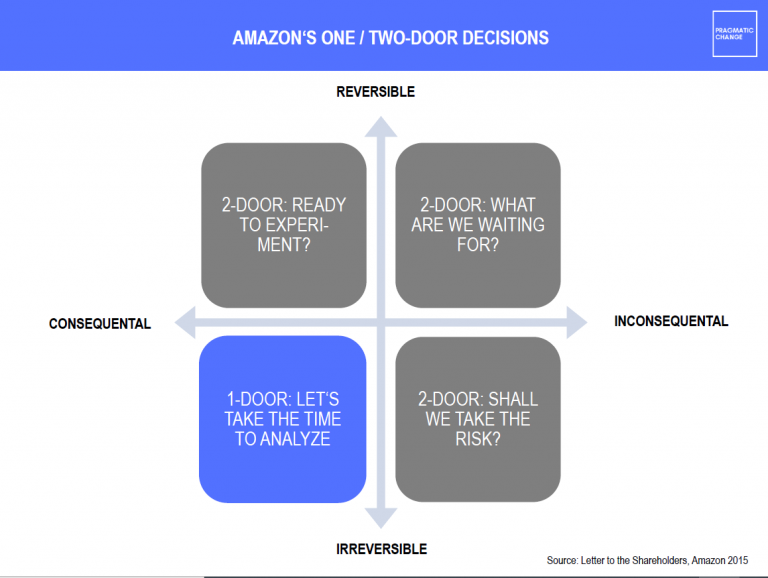
In my experience, it helps teams to make bold decisions and to reverse them if necessary. At the same time, however, it helps teams to have enough time and data to make decisions that are irreversible and have consequences.
In love with the pareto principle
To be honest, if I had to choose just one thought on the subject of decision making, I would certainly choose the Italian engineer & economist Vilfredo Pareto. His 80/20 approach is universally transferable and helps to focus on one’s effectiveness instead of (only) efficiency, because: With 20% of the activities we already achieve 80% result, whereas the remaining 20% need 80% of the activities. The principle can be transferred to the most diverse areas of application.
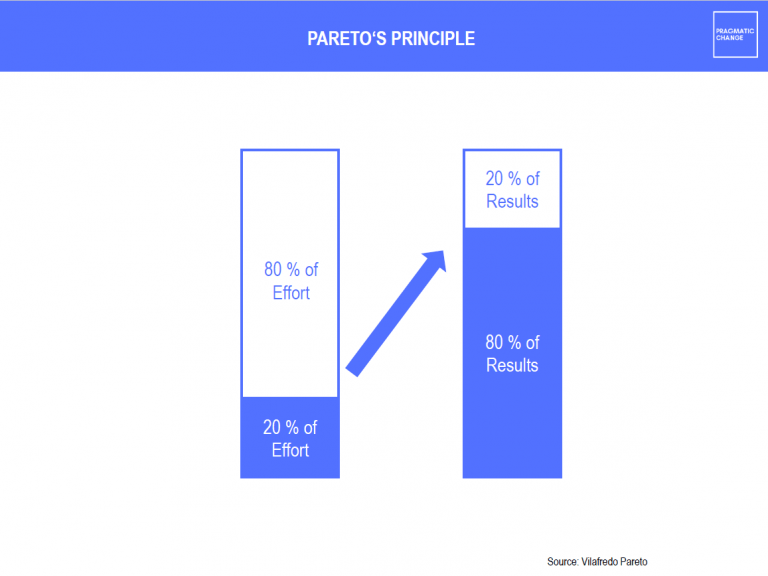
It'S Really important
Another evergreen: The Eisenhower Matrix. It’s for me great as I love to getting things done. The matrix goes back to the former US President Dwight Eisenhower. It helps me make decisions and prioritize my daily tasks. Mentally, I try to put each task/decision into one of these four categories, similar to Eisenhower. The Eisenhower Matrix helps me both personally and when working in teams.
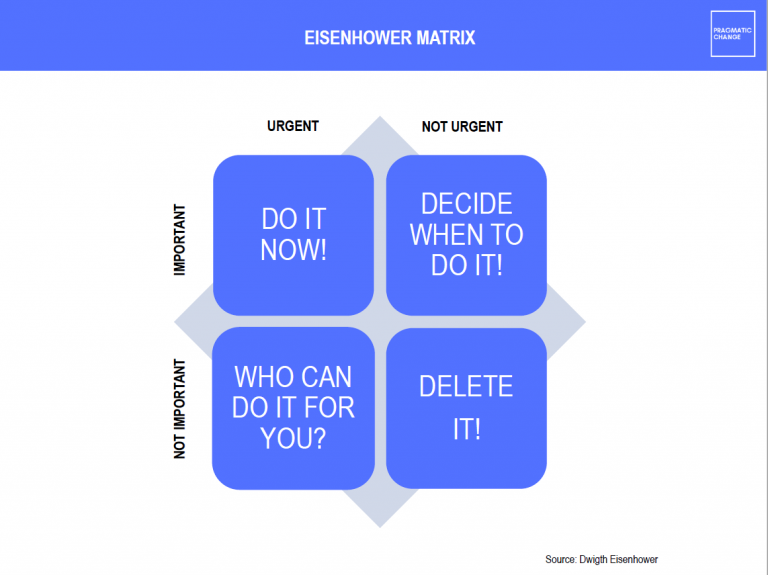
Disagree & Commit
And now back to Jeff Bezos‘ letter to shareholders in 2016, where he describes the concept of „Disagree & Commit“ as essential to make high-value decisions. Especially in large companies, consensus decisions lead to very slow decisions. It is therefore okay to be against it and still support the decision (similar to the consensus method).
A Pragmatic Conclusion
For sure, there are a lot of possibilities on how to make better decisions. As a first step, I encourage you to reflect on your decision-making practices and pick your Pragmatic 5.

